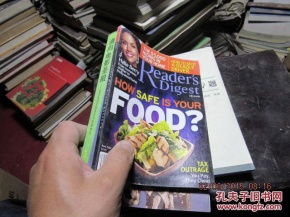How Expensive is Uni Food?
University life is a mix of academic rigor and social experiences, and one aspect that often catches the attention of students and parents alike is the cost of food on campus. Whether you’re a freshman or a seasoned senior, understanding the price of dining options at your university can help you budget effectively. Let’s delve into the various factors that contribute to the cost of uni food.
1. Types of Dining Options

Universities typically offer a range of dining options, from traditional cafeterias to specialized eateries. The cost of each varies based on the type of food and service provided.
| Dining Option | Average Cost per Meal |
|---|---|
| Cafeteria | $5 – $10 |
| Fast Food Restaurant | $7 – $12 |
| Specialty Coffee Shop | $4 – $8 |
| Full-Service Restaurant | $10 – $20 |
As you can see from the table above, the cost of dining varies significantly depending on the type of establishment. Cafeterias tend to be the most affordable, while full-service restaurants can be quite expensive.
2. Meal Plans

Many universities offer meal plans, which provide students with a set number of meals per week or month. The cost of these plans can vary widely, depending on the number of meals included and the type of dining facilities available.
For example, a basic meal plan at a public university might cost around $2,000 per semester, while a more comprehensive plan with access to all dining facilities could cost upwards of $3,000. Private universities often have higher meal plan costs, with some topping $4,000 per semester.
3. Location and Accessibility

The location of dining options on campus can also impact the cost. On-campus dining facilities are typically more expensive than off-campus options, as they are part of the university’s revenue stream.
Additionally, the accessibility of dining options can affect costs. If you live off-campus and need to travel to campus to eat, you may end up spending more on transportation and time.
4. Quality and Variety
The quality and variety of food available on campus can also influence the cost. Universities that offer a wide range of healthy, organic, and locally sourced options may charge more for their dining services.
For example, a university with a strong commitment to sustainability might offer a salad bar with fresh, locally grown produce, which could be more expensive than a traditional cafeteria with processed foods.
5. Student Discounts
Many universities offer discounts to students for dining on campus. These discounts can help reduce the overall cost of uni food. Some common discounts include:
- Student discounts at on-campus dining facilities
- Discounts on off-campus dining options through partnerships with local restaurants
- Discounts on food delivery services
It’s important to take advantage of these discounts to save money on your dining expenses.
6. Budgeting Tips
Here are some tips to help you manage the cost of uni food:
- Choose a meal plan that fits your needs and budget
- Plan your meals in advance to avoid impulse purchases
- Take advantage of student discounts and promotions
- Consider cooking for yourself if you have access to a kitchen
- Look for affordable dining options off-campus
By understanding the various factors that contribute to the cost of uni food, you can make informed decisions and budget effectively for your dining expenses.
